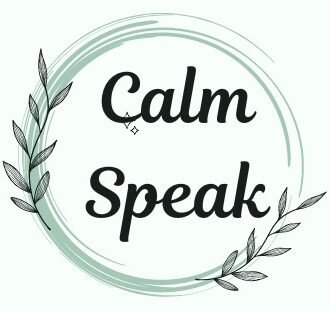
Designing With Reduced Motion For Motion Sensitivities
Certainly, often referred to as psychotherapy or counseling, is a crucial aspect of treating and managing problems. It’s important to note that depression is a complex mental health condition, and therapy is often a key component of a comprehensive treatment plan.
Here are some key points regarding depression therapy:
1. Types of Therapy:
- Cognitive Behavioral Therapy (CBT): Focuses on identifying and changing negative thought patterns and behaviors.
- Psychodynamic Therapy: Explores unconscious thoughts and past experiences influencing current behavior and emotions.
- Interpersonal Therapy (IPT): Concentrates on improving relationships and communication skills.
- Mindfulness-Based Cognitive Therapy (MBCT): Integrates mindfulness practices with cognitive therapy to prevent relapses.
2. Individualized Approach:
- Therapy is often tailored to the individual, considering their unique experiences, triggers, and coping mechanisms.
- The therapist collaborates with the person to set realistic goals and develop strategies for managing symptoms.
3. Building a Therapeutic Alliance:
- Establishing a trusting and supportive relationship between the therapist and the individual is crucial.
- Open communication helps the therapist understand the person’s challenges and strengths.
4. Skill Development:
- Therapists often teach coping skills to help individuals manage stress, anxiety, and negative thought patterns.
- Problem-solving skills are emphasized to address life challenges contributing to depression.
5. Exploration of Root Causes:
- Therapists work with individuals to explore underlying issues contributing to their depression.
- This may involve examining past traumas, relationship dynamics, or unresolved conflicts.
6. Holistic Approach:
- Therapy often considers various aspects of an individual’s life, including social, environmental, and biological factors.
- Lifestyle changes, such as exercise and sleep, may be incorporated into the treatment plan.
7. Duration and Frequency:
- The duration of therapy varies based on individual needs and the severity of depression.
- Therapy sessions may be weekly, bi-weekly, or as needed, depending on the treatment plan.
8. Combination with Medication:
- In some cases, therapy is combined with medication for more comprehensive treatment.
- Collaborative care between therapists and psychiatrists is common to ensure holistic support.
9. Ongoing Maintenance:
- Even after significant improvement, periodic therapy sessions may be recommended for ongoing support and relapse prevention.
10. Self-Help and Homework Assignments:
- Therapists may provide exercises or assignments for individuals to work on between sessions, promoting active engagement in the therapeutic process.
11. Teletherapy:
- With advancements in technology, teletherapy or online therapy platforms have become increasingly popular, providing accessibility and flexibility.
Remember, seeking professional help is a sign of strength, and the effectiveness of therapy can vary from person to person. It’s essential to find a therapeutic approach and a therapist that resonate with the individual’s preferences and needs.


